What is Brand Activation? A Beginner's Guide to Mastering Marketing Campaigns

Imagine walking through a bustling city center when you stumble upon a pop-up store from a brand known for its innovative carbonated drinks.
Quick Summary
In a competitive market, brand activation transcends traditional marketing by creating memorable experiences that foster emotional connections with consumers. Engaging strategies like experiential marketing, sampling campaigns, and influencer partnerships enhance brand awareness, build loyalty, and drive sales. Success lies in creativity, audience engagement, and measurable outcomes, ultimately transforming brand interactions from passive observation to active participation. Companies that innov
The vibrant colors and inviting aroma draw you closer, and before you know it, you're sipping a free sample of their latest flavor, engaging directly with the brand.
This isn't just a chance encounter; it's a meticulously planned brand activation campaign designed to create an emotional connection with potential customers like you.
Ready to Grow Your Business?
Get a free consultation and custom strategy tailored to your goals.
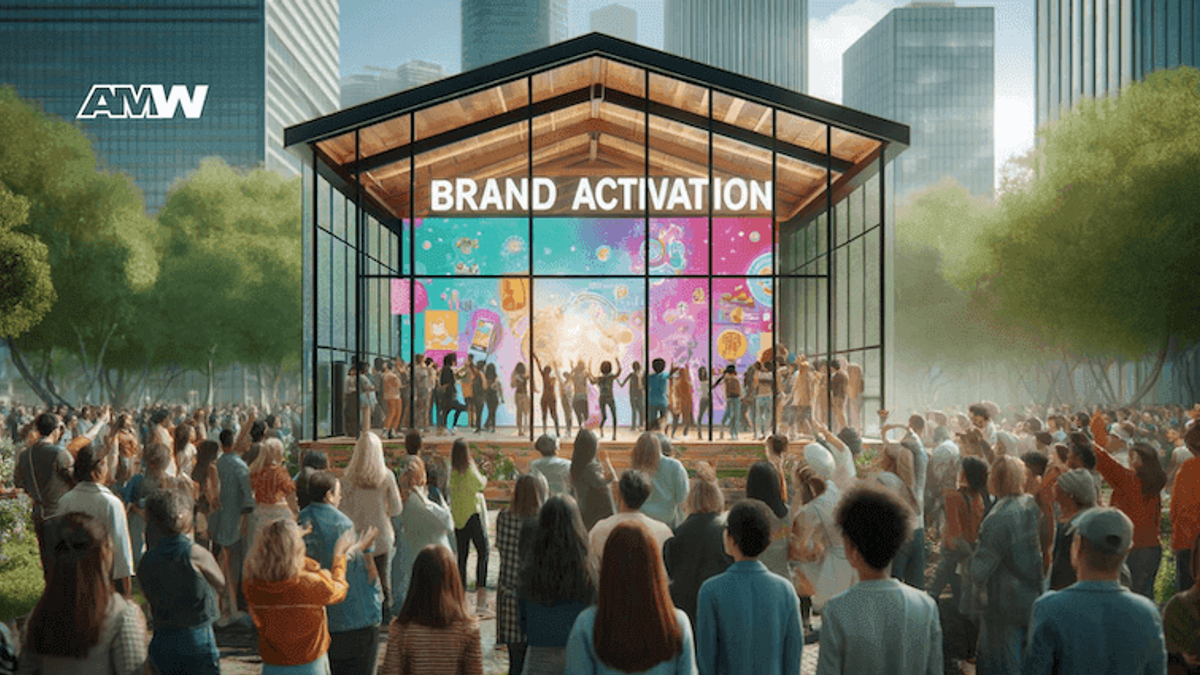
In today's competitive market, more than having a quality product is needed. Brands must engage and resonate with their audience to boost sales and build loyalty.
Brand activation is crucial in offering a unique experience that directly brings a brand's strengths and values to its target audience.
By stepping out of digital marketing and into the physical world through experiential marketing events or leveraging influencer marketing online, companies can generate brand awareness and foster meaningful relationships that lead to brand loyalty and customer acquisition.
Defining Brand Activation
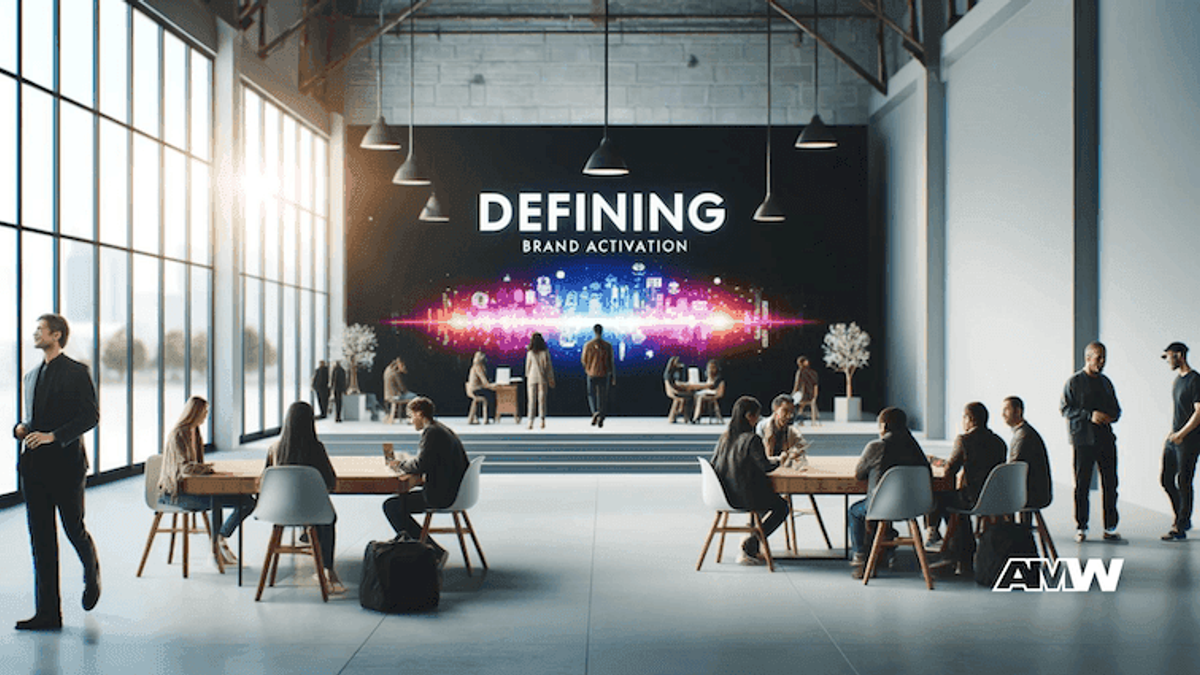
So, what exactly is brand activation? At its core, brand activation brings a brand to life through interactions reinforcing brand personality and values.
It's more than just a subset of marketing campaigns; it's a strategic approach designed to create long-lasting emotional connections with customers.
Brand activation is about creating interactive events and experiences for consumers to engage rather than broadcasting messages to a wider audience hoping to generate interest.
This can range from an interactive event like a virtual reality setup showcasing a brand's new line compellingly to a guerrilla marketing stunt that captures the imagination and sparks conversations among a similar audience.
Brand activation campaigns are crafted with a clear vision and focus, aiming to achieve specific brand activation goals such as increasing brand awareness, sparking interest in new features, or even promoting customer loyalty through unique, shareable experiences.
For example, a brand might set up a series of sampling campaigns in high foot traffic areas to distribute free samples to a non-competing brand's similar audience, effectively using the existing market dynamics to its advantage.
Brand activation differentiates from general marketing practices and introduces a creative and engaging element to the promotional strategy. It doesn't just promote a product or service; it immerses the audience in the brand experience, turning passive observers into active participants.
This strategy increases the likelihood of new customers and enhances the potential for word-of-mouth marketing, further amplifying the campaign's reach and impact.
Brand activation is an essential component of a comprehensive marketing activation strategy. It enables a business to meet its immediate marketing goals, such as increasing consumer data capture and boosting sales.
It supports long-term objectives like building a substantial emotional connection with its audience, reinforcing brand values, and enhancing brand loyalty.
Objectives of Brand Activation

The primary goals of brand activation are multifaceted, each contributing significantly to enhancing the business's brand identity and fostering deep consumer loyalty.
One key objective is to generate brand awareness. Companies can captivate a wider audience's attention through creative brand activation campaigns, ensuring their brand is at the forefront of potential customers' minds.
For instance, launching an influencer marketing campaign that showcases your brand through popular social media personalities can dramatically increase visibility and reach a targeted audience.
Another vital goal is creating emotional connections with the audience. Emotional connections are the backbone of customer loyalty and brand advocacy.
For example, a brand activation event that utilizes virtual reality to immerse customers in a scenario that aligns with the brand's values can create a memorable experience that resonates personally.
This increases brand loyalty and enhances the likelihood of word-of-mouth marketing, as participants will likely share their unique experiences with others.
Lastly, brand activation aims to boost sales and customer acquisition by directly engaging consumers to encourage them to purchase. Sampling campaigns are a direct approach where potential customers experience the product firsthand, significantly influencing their purchasing decisions.
Such interactive events provide the company with valuable consumer data that can be used to refine future marketing strategies and ensure they deliver relevant content that meets the needs of their viewers.
Core Elements of Successful Brand Activation
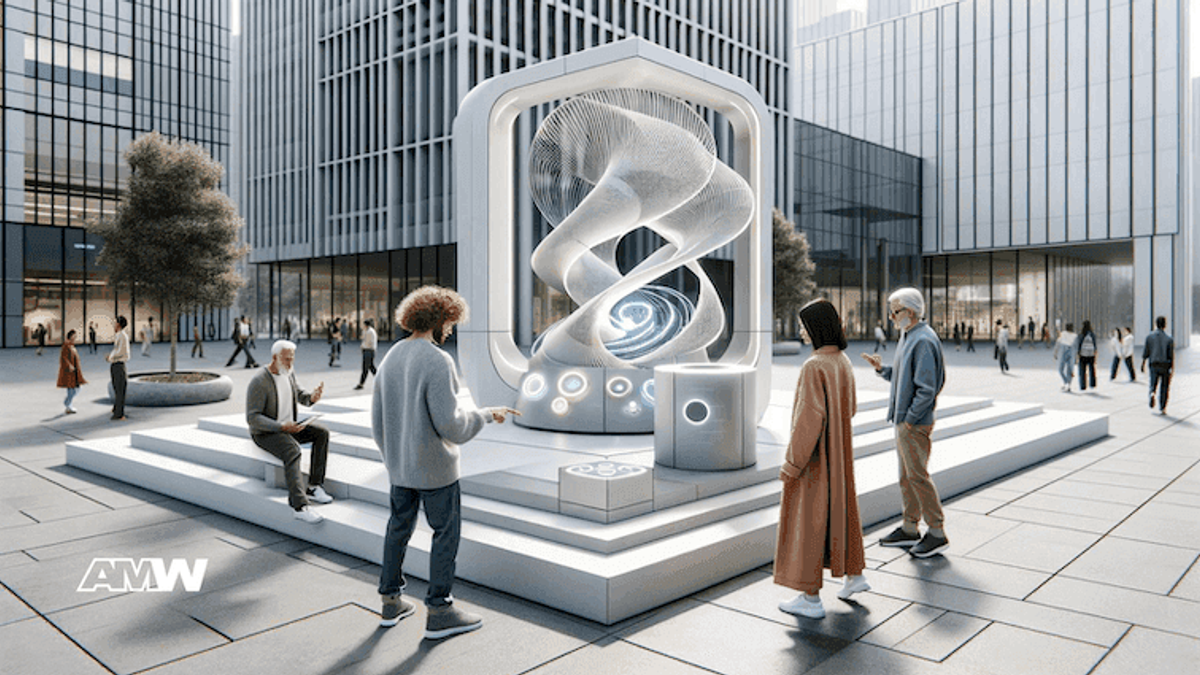
Success in brand activation is not accidental; it stems from a deliberate application of several core elements, each playing a role in the campaign's overall effectiveness.
The first element is creativity. A brand activation that needs creative appeal may engage the audience adequately.
For example, a pop-up store offering free samples and an engaging, themed environment will create a more memorable brand experience than a standard product giveaway.
Engagement is the second crucial element. A successful brand activation should actively engage the audience, encouraging them to interact more deeply. This could be through experiential marketing tactics where customers participate in an interactive event or a virtual game highlighting the brand's new features.
The key is turning passive audience members into active participants, fostering a connection with the brand.
The third element focuses on measurable outcomes. Every brand activation strategy should have clear, quantifiable goals, whether related to increasing social media followers, generating a specific number of leads, or achieving a certain level of sales growth.
A digital marketing campaign can be tracked through analytics to monitor engagement levels and conversions, providing essential insights into the campaign's performance and the effectiveness of the activation strategy.
A brand activation campaign that successfully integrates these elements can increase brand awareness, achieve its activation goals, and create lasting impressions that lead to a loyal customer base.
By focusing on creativity, engagement, and measurable outcomes, brands can ensure their activation campaigns are seen, heard, felt, and remembered.
Ready to Grow Your Business?
Get a free consultation and custom strategy tailored to your goals.
Brand Activation Strategies
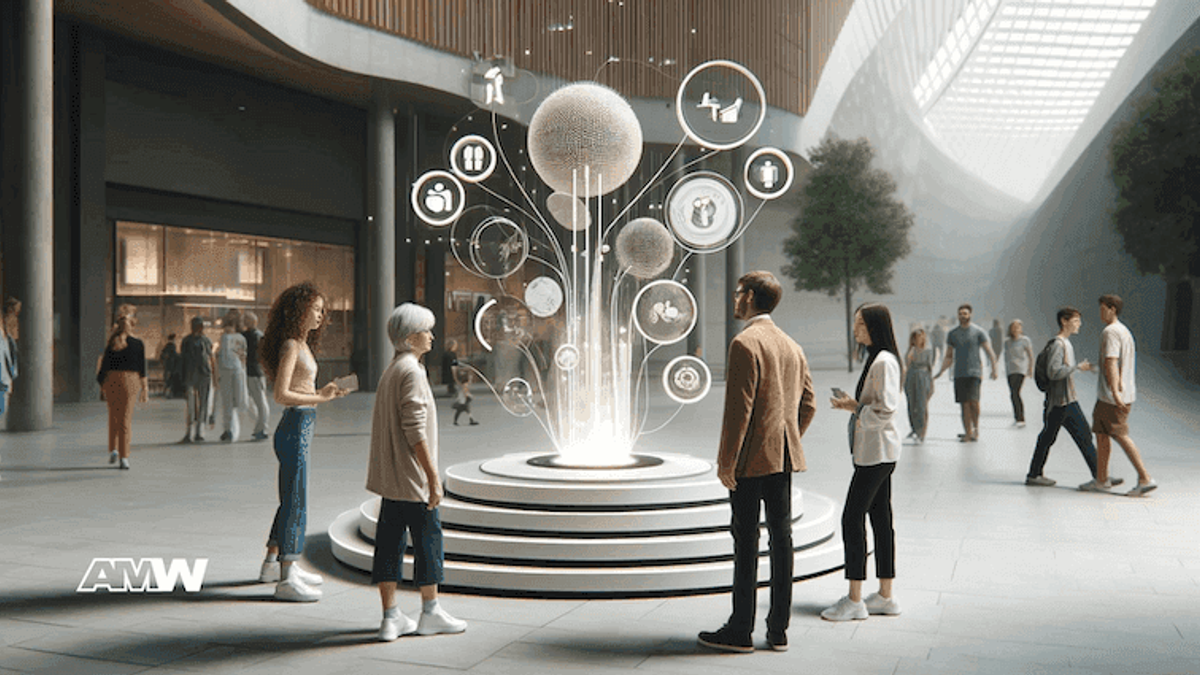
To navigate the dynamic marketing landscape, brands adopt various activation strategies tailored to connect with their audience uniquely and memorably.
Here are six popular brand activation strategies businesses can implement to generate brand awareness, engage customers, and boost sales effectively.
Experiential Marketing
This strategy immerses customers in a live interaction with the brand, creating a memorable brand experience.
For instance, an automotive brand might host a test drive event that allows potential customers to feel the power and comfort of their new line of cars firsthand, enhancing emotional connections through direct experience.
Sampling Campaigns
Offering free samples is a direct and effective approach to introducing a new product. It enables prospective customers to test the product without financial risk and provides instant feedback.
A beverage company, for instance, might set up sampling booths in high-traffic areas to distribute their new carbonated drink, drawing in a similar audience with the allure of free, refreshing samples.
Influencer Partnerships
Collaborating with influencers can amplify a brand's reach and credibility. Influencers can introduce your brand to followers through authentic, relatable content that speaks to shared values and interests.
For example, a beauty brand could partner with well-known beauty influencers to create content around their new skincare line, tapping into the influencer's established trust with their audience.
Digital Campaigns
Leveraging digital platforms to promote a brand allows for broad reach and precise targeting. Digital campaigns can include anything from paid ads and social media posts to email marketing that drives engagement through relevant content tailored to the audience's preferences and behaviors.
Pop-up Events
Temporary and often unexpected pop-up events can generate buzz and create a unique consumer experience. For example, a fashion brand might open a pop-up store in an upscale shopping district to showcase its new collection, creating exclusivity and urgency that attracts more customers.
Social Media Challenges
Engaging with audiences on social media through challenges or interactive content can virally spread brand awareness. A fitness brand, for example, might initiate a challenge that encourages users to share videos of themselves completing workouts using the brand's equipment, promoting engagement and organic reach.
Implementing a Brand Activation Campaign
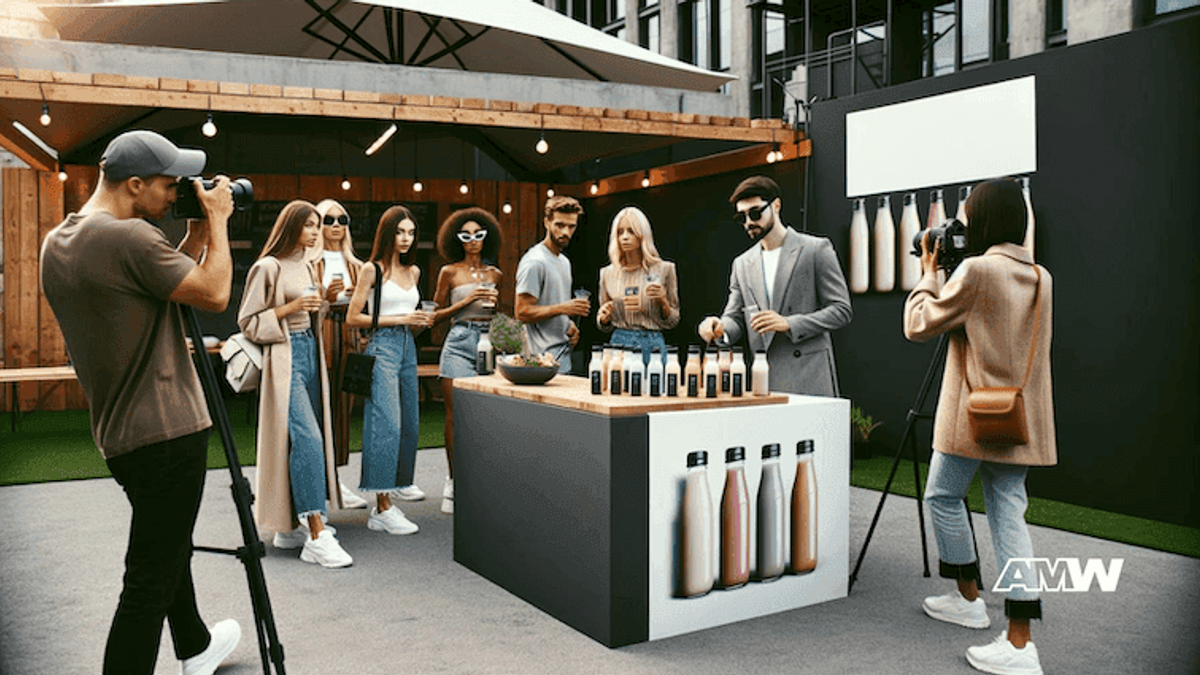
Launching a successful brand activation campaign involves careful planning and execution. Here's a step-by-step guide to creating and executing a campaign that resonates with your audience:
- Define Your Objectives: Clear goals are crucial. Whether it's about brand awareness, sales, or getting more customers, the objectives will guide the aspects of your campaign.
- Understand Your Audience: Conduct a SWOT analysis to understand better your target audience's needs, preferences, and behaviors. This knowledge will help tailor your activation to the interests and motivations of your potential customers.
- Choose the Right Strategy: Select the activation strategy that best suits your brand based on your goals and audience insights. Consider a mix of approaches for greater impact, such as combining digital marketing with experiential events.
- Plan the Activation Details: Plan the details for every chosen strategy. This includes event logistics, content creation for digital campaigns, and coordination with influencers or other partners.
- Execute with Precision: Implement the activation, keeping close tabs on all elements to ensure they run smoothly. This stage may involve setting up a pop-up store to launching a social media blitz.
- Measure and Analyze Results: After the campaign, analyze the results against your original objectives. This will show the activation's success and provide insights that can be used to refine future strategies.
- Leverage Feedback for Future Campaigns: Collect consumer data and feedback during and after the activation to learn what worked and what didn't. This valuable information will help you enhance future brand activations.
Through strategic planning and innovative execution, these steps can help any business—regardless of size or industry—create a brand activation campaign that achieves and exceeds its marketing goals.
Digital and Social Media Activations
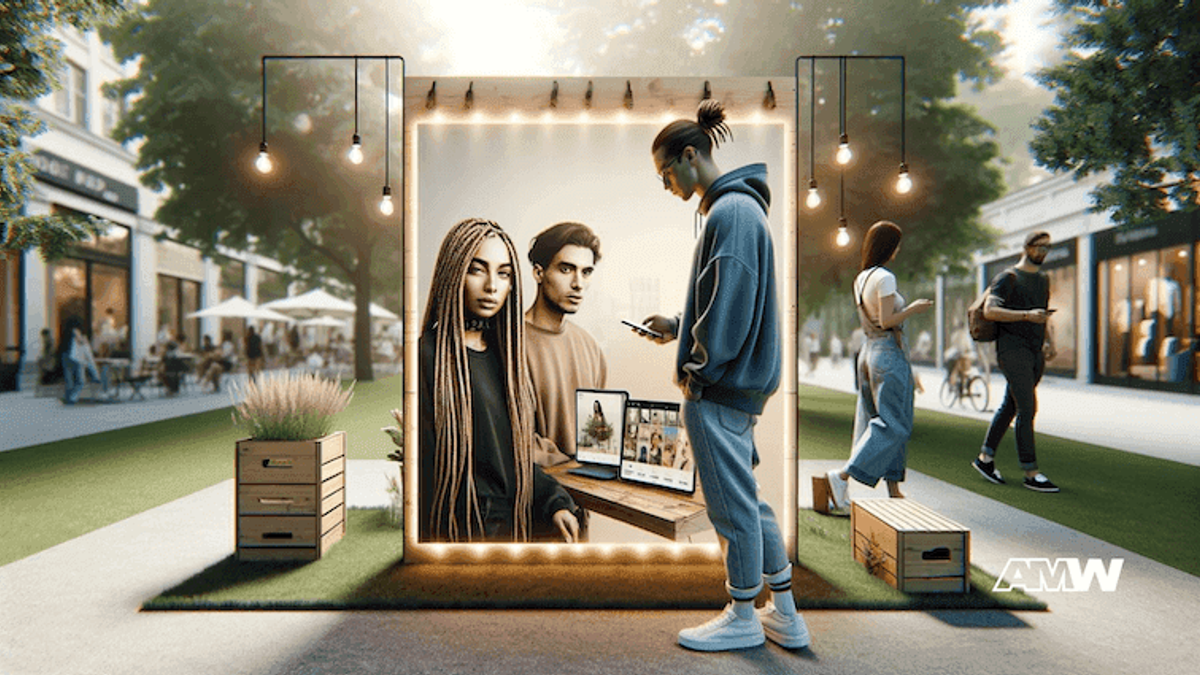
Brand activation extends beyond traditional advertising into digital and social media, which offer powerful platforms for engaging directly with consumers.
Digital activations leverage online technologies to create interactive and engaging experiences that attract and retain the target audience's attention.
Social media plays a role in brand activation, enabling brands to reach a wider audience more efficiently. By utilizing platforms like Instagram, Twitter (X), and Facebook, companies can engage with users where they spend a significant portion of their time.
For instance, a successful digital activation could involve a brand creating a hashtag challenge on TikTok, encouraging users to create content that aligns with the brand's values or highlights new product features. This increases brand awareness and fosters community among users who participate.
Moreover, social media campaigns can dramatically boost the effectiveness of experiential marketing events by making experiences shareable.
Ready to Grow Your Business?
Get a free consultation and custom strategy tailored to your goals.
Consider a pop-up store that invites visitors to create digital content, such as GIFs or videos, in a branded booth. When shared on social media, these personal experiences become endorsements, magnifying the campaign's reach and impact through word-of-mouth marketing.
Measuring Success in Brand Activation
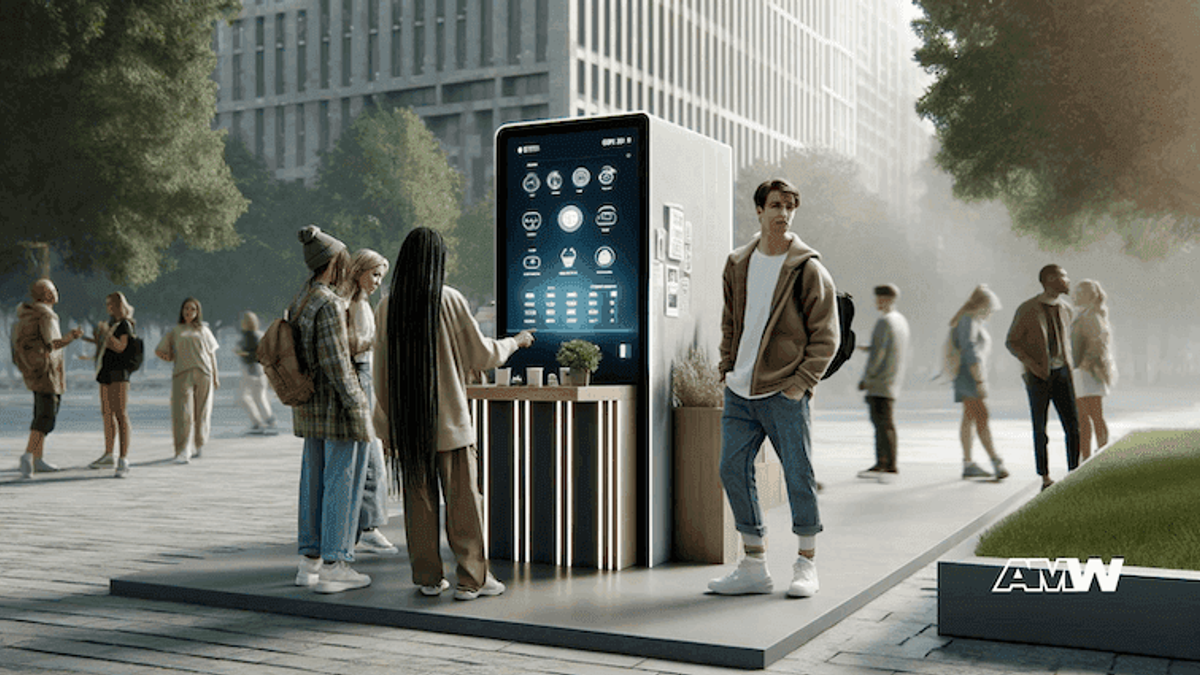
Meticulous tracking and analysis are essential to the success of a brand activation campaign. This measurement shows whether the campaign met its goals and provides insights to refine future activations.
Key metrics include engagement rates, conversion rates, brand awareness levels, and sales figures. Advanced tools like social media analytics and customer relationship management (CRM) systems can offer a detailed view of how interactions with the brand influence consumer behavior over time.
Data-driven decision-making is crucial in this process. By understanding which aspects of the campaign resonated most with the audience, marketing teams can better tailor future campaigns to meet consumer needs and expectations.
For instance, if consumer data shows that an activation event significantly boosts new customers, similar audience-engaging strategies can be employed in future activations.
Additionally, it's important to assess the campaign's emotional impact. Customer satisfaction can be measured by analyzing the sentiment of social media posts and customer feedback. Understanding the emotional connections the campaign forged with potential customers can be as valuable as the hard data on sales and engagement rates.
Ultimately, a brand activation campaign's success hinges on its ability to engage customers personally, create memorable experiences, and drive measurable outcomes.
Companies can ensure that these campaigns capture attention and cultivate lasting relationships with consumers, enhancing brand loyalty and expanding their market presence by employing a strategic approach to planning, executing, and measuring brand activations.
Conclusion

Brand activation involves more than just promoting products or services. It's about creating an experience that resonates with your audience and brings your brand to life. In today's saturated market, businesses must innovate and creatively engage with their target audience through strategic activations.
By leveraging the power of experiential marketing, digital campaigns, influencer partnerships, and other dynamic strategies, companies can increase brand awareness, build brand loyalty, and foster lasting relationships with consumers.
Encouragement is due for all brands to push the boundaries of traditional marketing and explore new, innovative ways to connect with their audience.
Whether through a pop-up store, a virtual reality experience, or a socially driven challenge, every brand activation campaign offers a unique opportunity to enhance consumer engagement and solidify your brand's presence in the competitive landscape.
FAQ

What is an example of brand activation?
A classic example is a company setting up an experiential pop-up event to introduce a new line of carbonated drinks through interactive taste-testing sessions combined with virtual reality experiences that illustrate the drink's origin and production process.
What are the goals of brand activation?
The primary goals include increasing engagement, fostering brand loyalty, and enhancing consumer awareness.
These objectives aim to broaden the brand's reach and foster emotional connections that lead to long-term customer loyalty.
How do you create a brand activation?
To plan and implement a brand activation, define clear objectives based on your target audience's interests and needs.
Choose a suitable activation strategy that aligns with these goals, organize the logistical aspects of the campaign, execute it effectively, and measure the outcomes to refine future activations.
What makes a brand activation successful?
Success in brand activation hinges on how well the campaign engages with the audience and creates memorable experiences. Achieving specific campaign goals, such as a measurable increase in sales or enhanced brand awareness, also marks a successful activation.
What are brand activation events?
These are events specifically designed to activate a brand, such as launch parties, experiential pop-ups, or interactive installations that engage consumers in a hands-on experience with the brand.
For example, a fitness brand might host an outdoor workout session led by a popular influencer to promote their new athletic line.
What does activation mean in marketing?
In marketing, activation refers to the tactics that move a brand from a passive presence to an active engagement with its audience, effectively 'activating' consumer interest and interaction through strategic campaigns.
What is an example of a digital activation?
An example of digital activation would be a brand launching an online game that rewards players with coupons or samples when they reach certain levels.
This strategy uses digital tools to engage users and create a fun, rewarding interaction with the brand.
What is an activation campaign?
An activation campaign is a focused marketing effort to engage consumers through dynamic interactions highlighting a particular brand attribute or new product launch.
For example, a beauty brand might create a campaign that features customers' before-and-after photos when using their new skincare product, encouraging others to share their results under a campaign-specific hashtag.
By addressing these key aspects, businesses can more effectively engage with their customers and drive meaningful connections that lead to successful brand activations. Remember, at the heart of every successful brand activation is a clear focus on the consumer's needs and a creative approach to memorably meeting those needs.

Maria Kanic is a Social Media Manager at AMW with expertise in digital campaigns, social media strategy, and brand communications.
Ready to Grow Your Business?
Get a free consultation and custom strategy tailored to your goals.